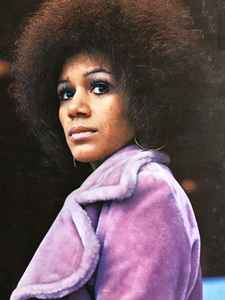Kim Davis: A Controversial Figure in LGBTQ+ Rights

Introduction
The name Kim Davis is synonymous with the debate over marriage equality in the United States. Her refusal to issue marriage licenses to same-sex couples in 2015 ignited national controversy and brought the topic of religious freedom versus LGBTQ+ rights to the forefront of American discourse. As society continues to grapple with these issues, understanding Davis’s actions and their implications remains crucial.
The Events Leading to National Attention
In July 2015, Kim Davis, the county clerk of Rowan County, Kentucky, garnered national headlines when she halted the issuance of marriage licenses to all couples, citing her religious beliefs against same-sex marriage following the Supreme Court’s ruling in Obergefell v. Hodges. The Supreme Court’s decision legalized same-sex marriage, but Davis argued that to issue marriage licenses to same-sex couples would contradict her Christian beliefs.
Her actions led to legal battles, with couples who were denied licenses suing her for violation of their civil rights. In September 2015, after refusing to comply with a federal court order to issue marriage licenses, Davis was jailed for contempt of court. Following her release, she continued to fight against issuing licenses to same-sex couples, receiving both support and condemnation from various groups across the country.
Impact on the LGBTQ+ Rights Movement
Davis’s situation serves as a flashpoint in the ongoing struggle for marriage equality and LGBTQ+ rights. While some view her as a martyr for religious freedom, others see her actions as a clear violation of civil rights. The national backlash sparked conversations about the balance between personal beliefs and civic duties, particularly for public officials.
In subsequent years, the debate around similar issues continued. Many states have attempted to pass legislation that would prioritize religious beliefs over LGBTQ+ rights, leading to further scrutiny and legal challenges. Davis has become a symbol in the wider conversation about how religious freedoms can coexist with the rights of LGBTQ+ individuals.
Conclusion
Kim Davis’s case highlighted the complexities surrounding marriage equality and religious freedom, emphasizing the need for ongoing dialogue and understanding. As society evolves, the interactions between personal beliefs and public policy continue to provoke discussion. The outcomes of such debates will shape the future of LGBTQ+ rights and religious liberties across the United States and Canada. Advocates on both sides of the issue will likely continue to use Davis’s actions as a reference point in advocating for their beliefs, underscoring the lasting significance of her story in the ongoing quest for equality.









